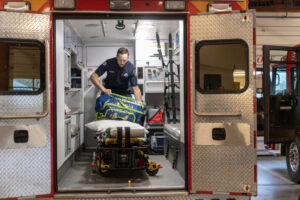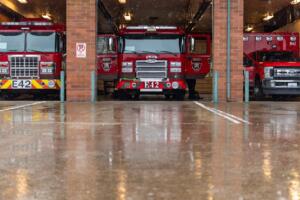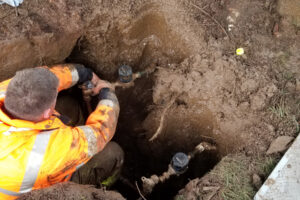The city of Washougal will continue to fund the salary and benefit costs of two new Camas-Washougal Fire Department (CWFD) positions in 2020, but has not committed to the ongoing funding of the positions in 2021 and beyond.
Instead, city leaders hope a recently released “master plan” report can provide not only a long-term solution to the CWFD’s staffing issues, but a way for Washougal to continue — and even bolster — its investments in the fire department.




